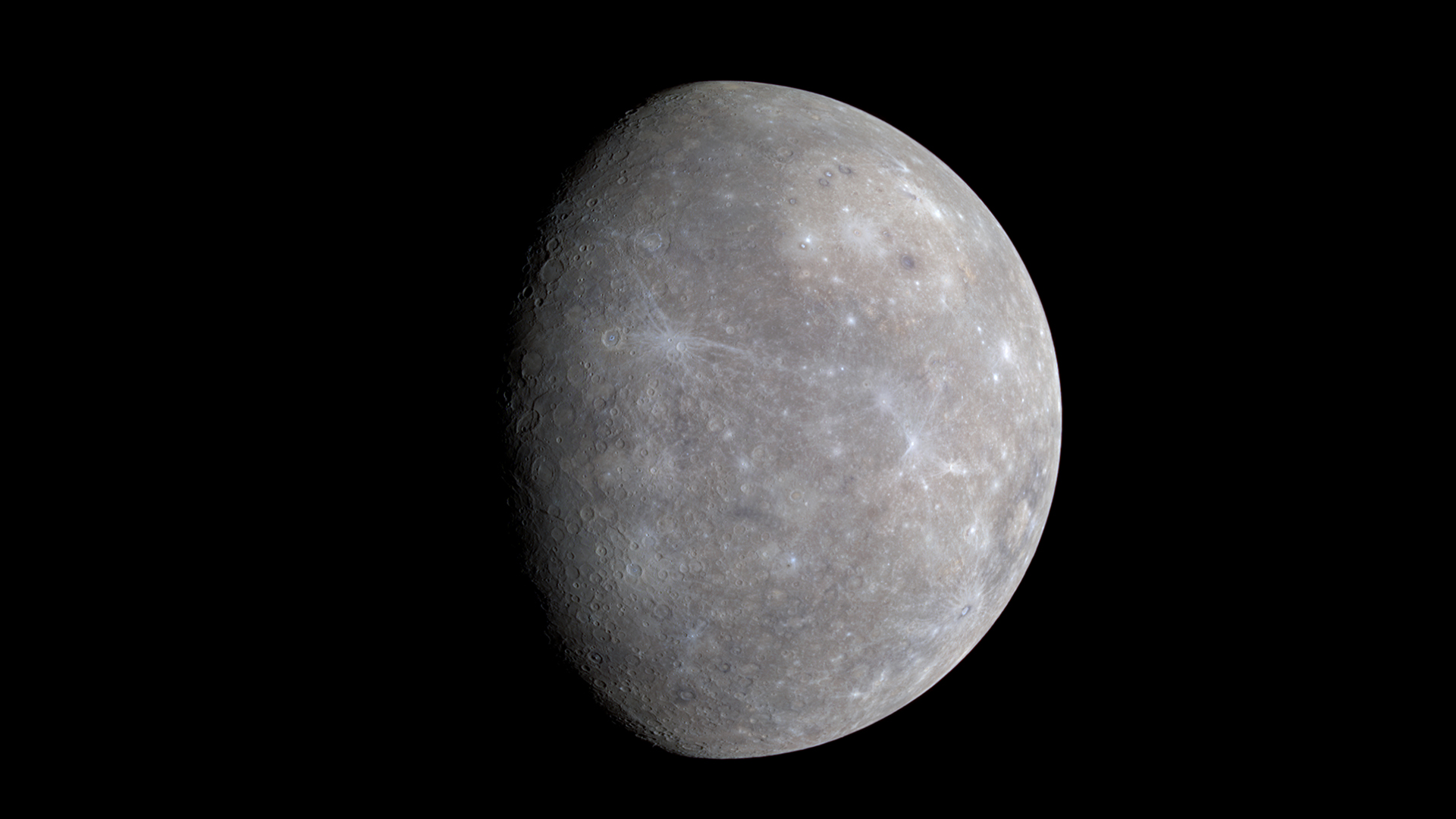Mercury reaches its highest point in the sky this weekend. Here's how to see it.
A bright, yellowish spot in the morning sky is actually Mercury making a rare daytime appearance. Here's how to see it at its highest and brightest this week.

If you've never seen the smallest planet in our solar system with your own eyes, then this weekend brings an excellent opportunity.
On Friday, Sept. 22, Mercury will reach its highest point in the sky all year while becoming half-lit.
Also known as the 'Swift Planet' for its brisk 88-day orbit around the sun, Mercury orbits so close to our star that it's almost always lost in the sun's glare. The planet is technically present in the daytime sky almost all year yet is impossible to see. Only occasionally does it become visible in twilight close to sunrise or sunset on Earth.
That's what will happen this coming week with Mercury's 'greatest elongation,' which refers to a point in its orbit when Mercury appears farthest from the sun, as seen from Earth. Its greatest elongation east is when it's visible above the western horizon just after sunset while its greatest elongation west marks its visibility above the eastern horizon just before sunrise. The planet will also appear half-lit — known as its 'dichotomy' — much like the moon at its first or last quarter phase.
Mercury's greatest elongation west will occur on Sept. 22, though it will be well placed for viewing before sunrise all week, getting as high as 17 degrees above the eastern sky. According to In-The-Sky.org, it will be brighter and easier to see in the days after it reaches its highest point in the sky when it will show a gibbous phase — appearing more than half-lit. According to Space.com, Mercury will be at its brightest and easiest to spot in the morning sky from Sept. 16 to Sept. 30.
It will be best seen about 30 minutes before sunrise from Sept 22. through early next week. You'll need a clear, unobstructed horizon. A pair of stargazing binoculars would also be useful to spot Mercury, which typically has a yellow tinge. You can find the exact time of Mercury's rise for your location using TimeAndDate.com's Night Sky Map & Planets Visible Tonight page. Venus will be shining brightly above, with the bright star Regulus in the constellation Leo between the two planets.
Mercury's next greatest elongation east will come on Dec. 4, 2023, when it will be visible in the evening after sunset.
Get the world’s most fascinating discoveries delivered straight to your inbox.

Jamie Carter is a freelance journalist and regular Live Science contributor based in Cardiff, U.K. He is the author of A Stargazing Program For Beginners and lectures on astronomy and the natural world. Jamie regularly writes for Space.com, TechRadar.com, Forbes Science, BBC Wildlife magazine and Scientific American, and many others. He edits WhenIsTheNextEclipse.com.


